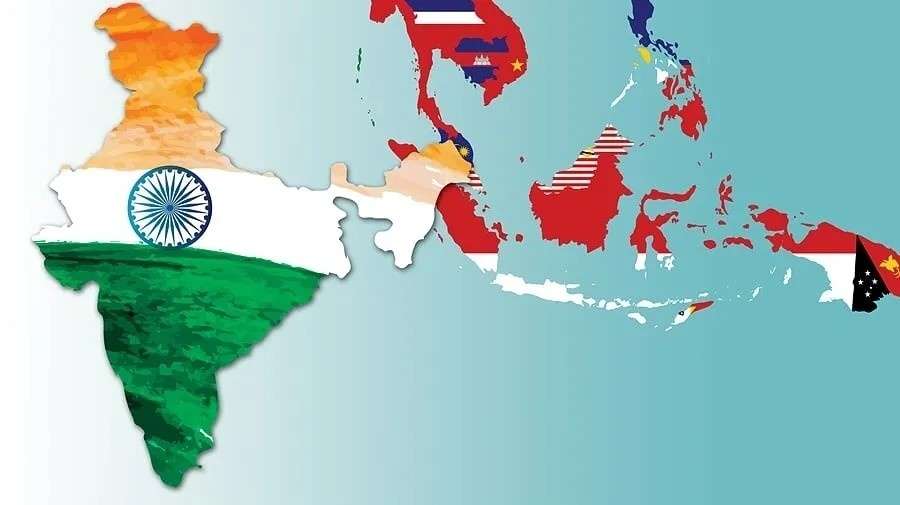
In a region where geopolitics constantly shifts, India is recalibrating its role as the dominant player in South Asia. The article “India’s South Asian Power Play” by Lea Watch News explores how New Delhi is strategically asserting its influence across its neighborhood — from security and trade to diplomacy and connectivity.
For years, India has seen South Asia as its natural sphere of influence. But rising Chinese presence through initiatives like the Belt and Road, as well as evolving political dynamics in countries like Nepal, Sri Lanka, and the Maldives, have challenged that assumption. In response, India is adapting — through a mix of hard and soft power.
From energy deals with Bangladesh to infrastructure investments in Sri Lanka and defense ties with the Maldives, India is actively working to re-establish its leadership in the region. At the same time, it’s leveraging cultural diplomacy, humanitarian aid, and shared democratic values to counter China’s economic muscle.
Lea Watch News highlights how India’s regional outreach is about more than influence — it’s about shaping a stable, multipolar South Asia where smaller nations don’t feel boxed in by a China-versus-India binary. The “Neighbourhood First” policy, combined with mechanisms like SAGAR (Security and Growth for All in the Region), reflects a strategic shift toward cooperative leadership rather than dominance.
However, challenges remain — from border disputes to political volatility and China’s deepening ties in the region. The article argues that India's success will depend on consistency, mutual respect, and the ability to balance strategic interests with local sensitivities.
Ultimately, India’s power play in South Asia is less about rivalry and more about regional responsibility. And in an era of global flux, steady leadership at home could make all the difference.